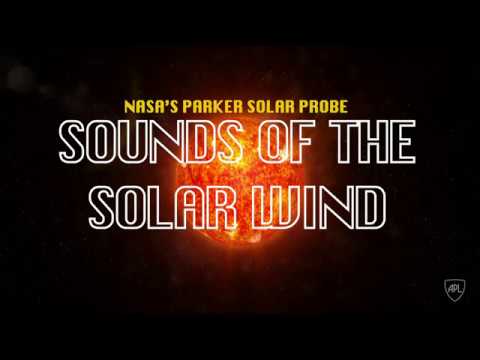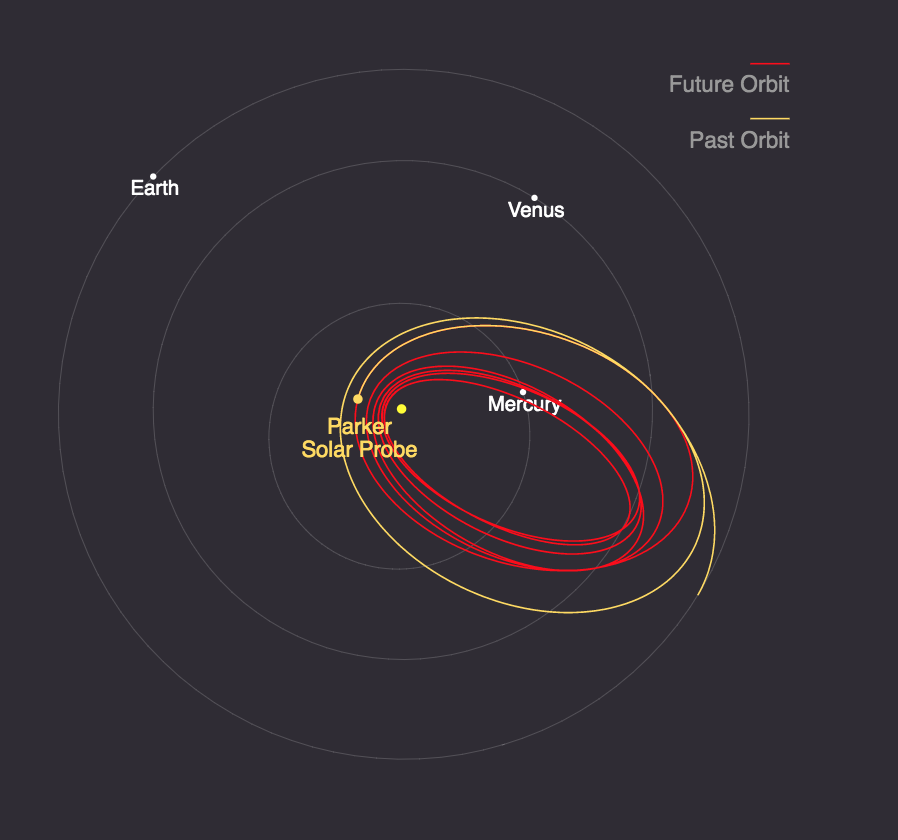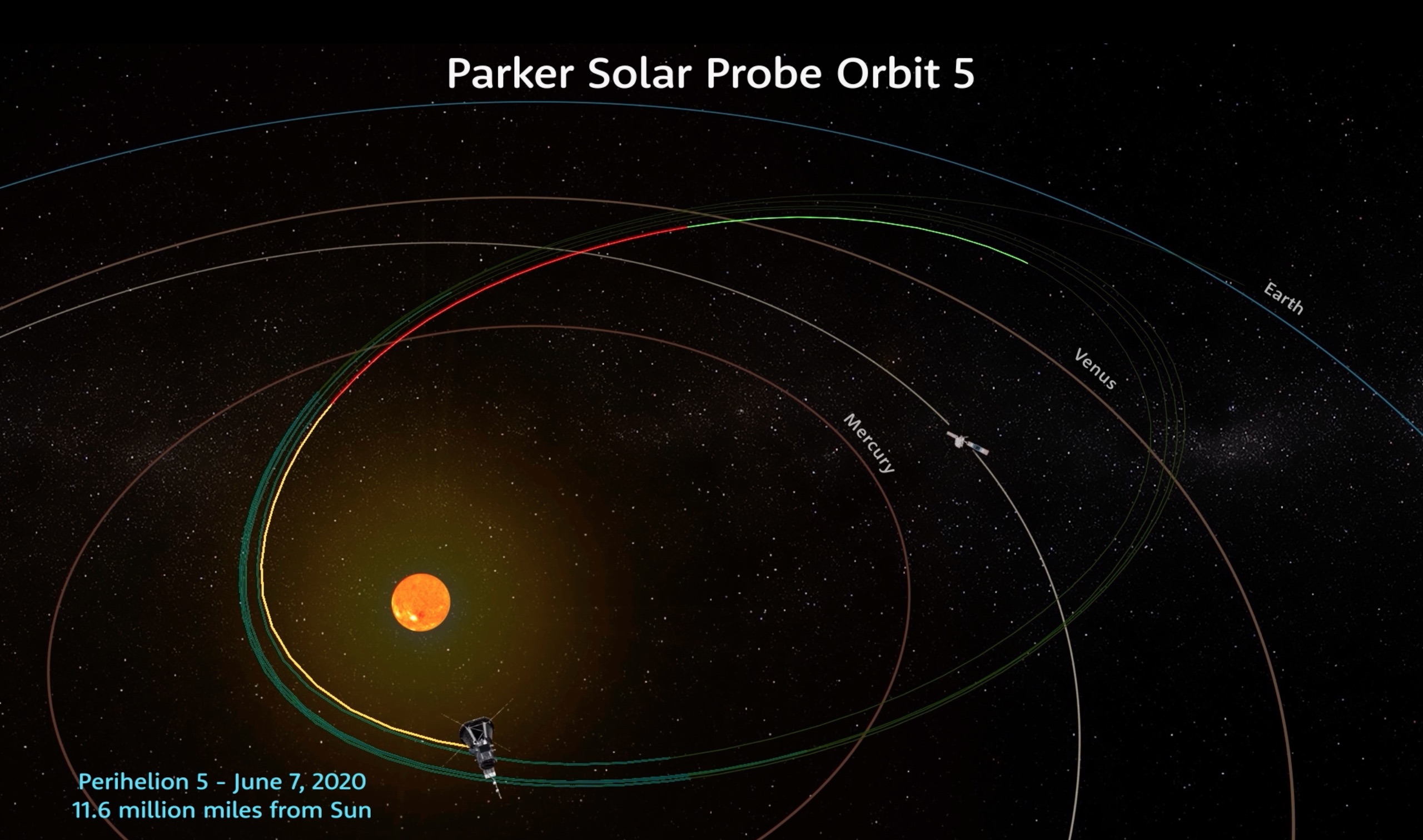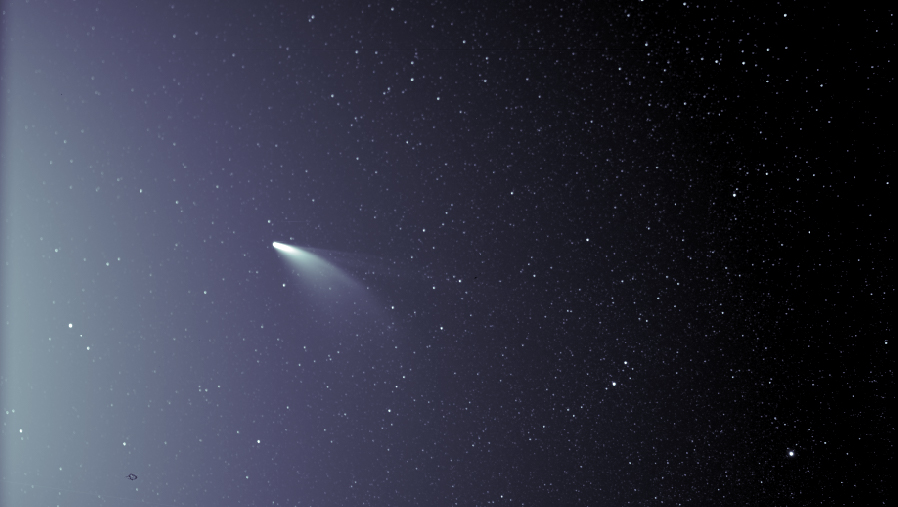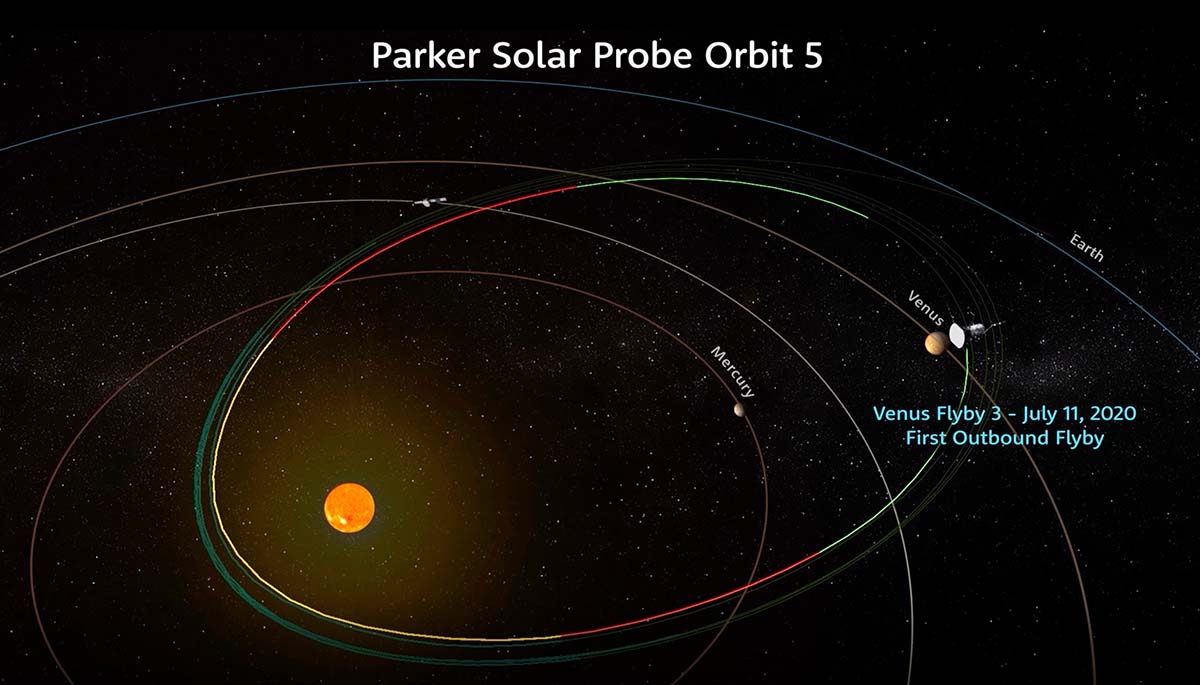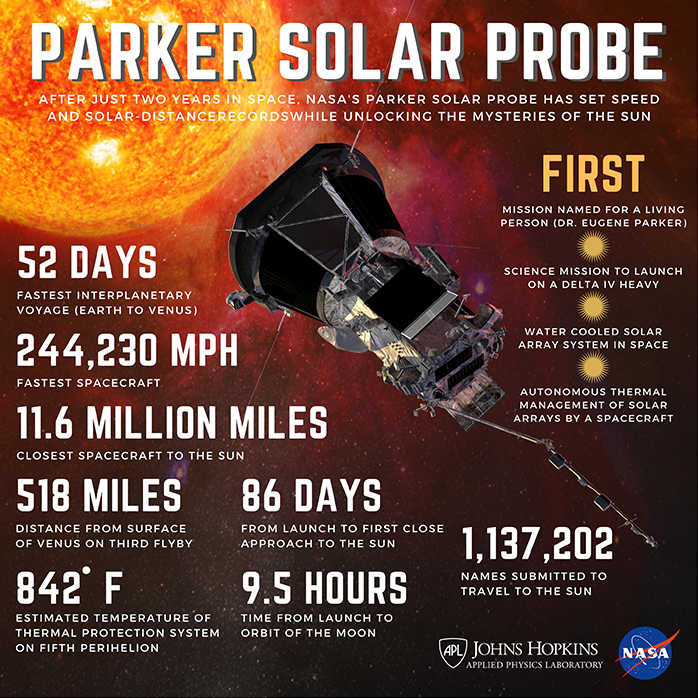News
Parker Solar Probe Mission Turns a Terrific Two
Perched atop a powerful Delta IV Heavy rocket, NASA’s Parker Solar Probe roared into the predawn skies over Florida’s Cape Canaveral Air Force Station on Aug. 12, 2018. The durable spacecraft, built and operated at the Johns Hopkins Applied Physics Laboratory in Laurel, Maryland, has already set speed and solar-distance records, and continues on its journey to unlock the mysteries of our star. We mark the second launch anniversary with a look back at the discoveries and milestones reached during Parker Solar Probe’s most recent year in space.
Shining New Light on the Sun
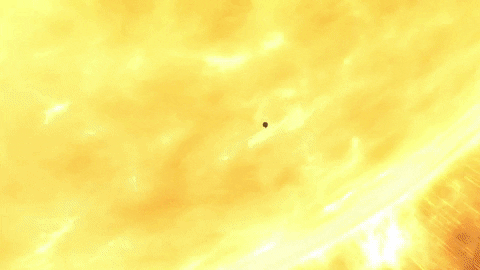
The Parker Solar Probe mission returned unprecedented data from near the Sun, culminating in several discoveries published in the journal Nature on Dec. 4, 2019. Among the findings were new ideas on how the Sun’s constant outflow of material, the solar wind, behaves. Seen near Earth — where it can interact with our planet’s natural magnetic field and cause space weather effects that interfere with technology — the solar wind appears to be a relatively uniform flow of plasma. But Parker Solar Probe’s observations revealed a complicated, active system not seen from Earth.

